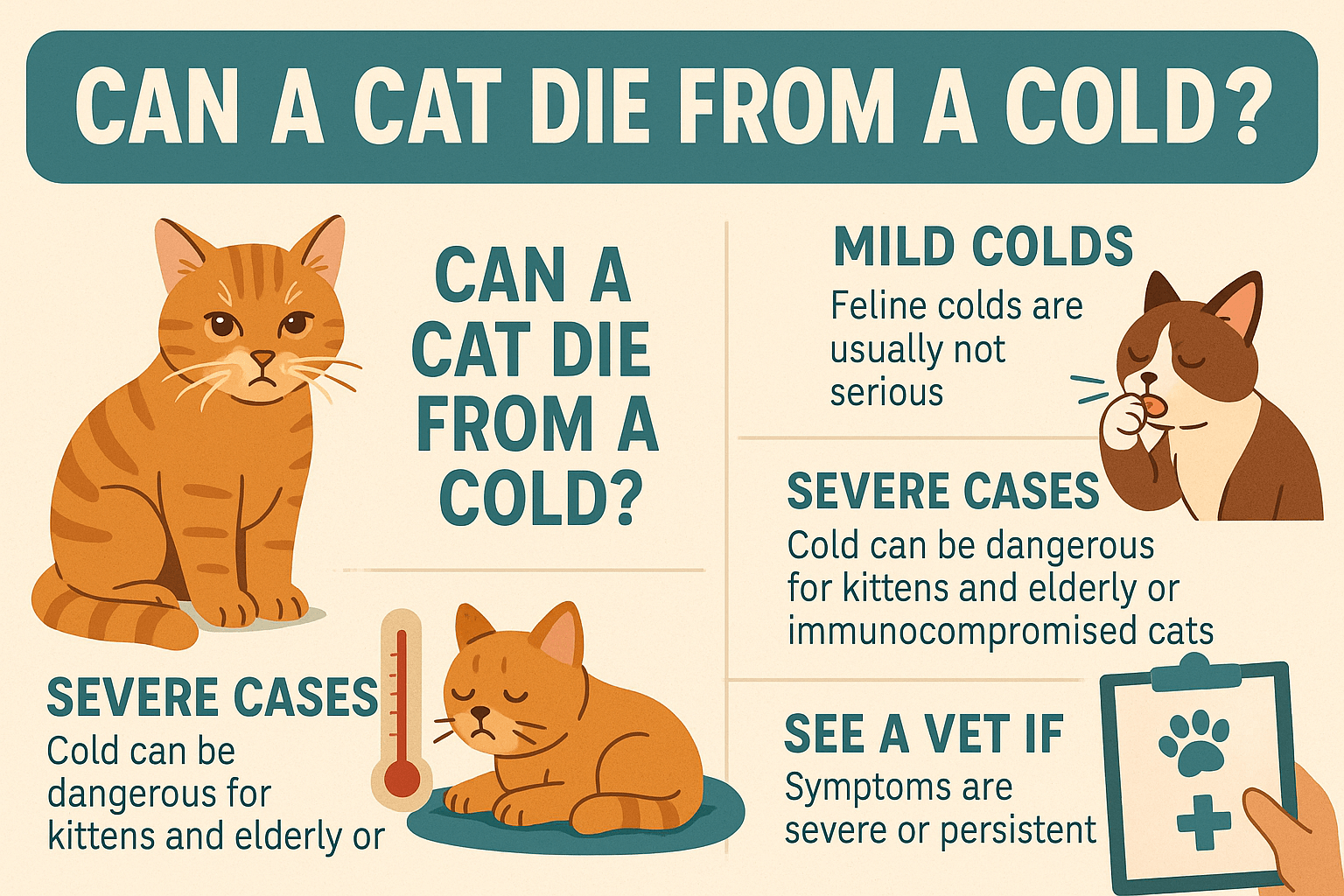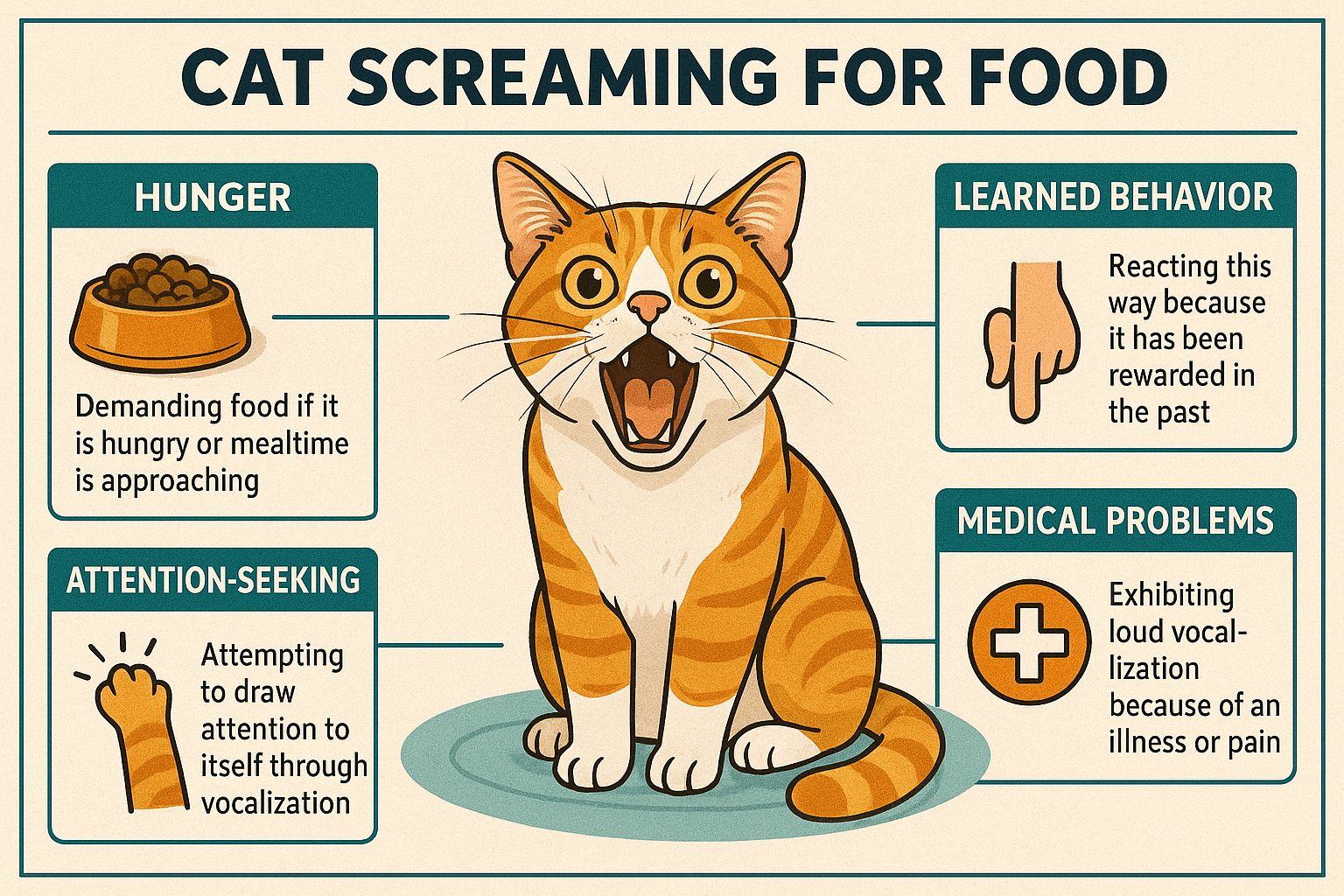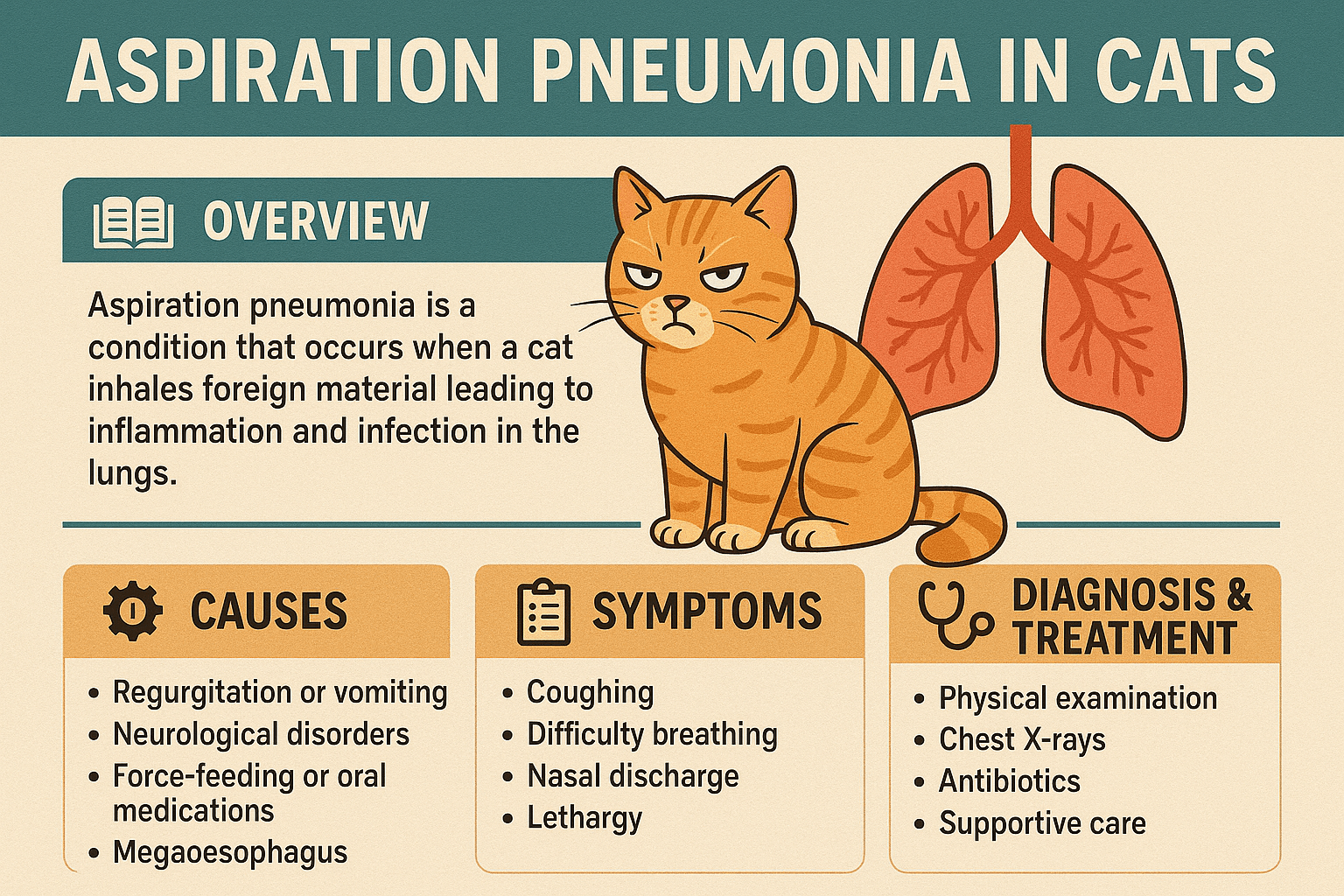Male Cat Anatomy: Understanding Your Feline Friend’s Unique Traits
Male cats, or tomcats, are fascinating creatures with distinct anatomical features that set them apart from their female counterparts. From their reproductive system to their muscular build, every aspect of male cat anatomy plays a role in their behavior, health, and overall well-being. Whether you’re a seasoned cat owner or new to caring for felines, understanding these traits can help you provide better care and address any concerns that may arise. In this guide, we’ll explore the intricacies of male cat anatomy, shedding light on what makes these animals so unique and how their physical characteristics influence their lives.
Key Features of Male Cat Anatomy
Male cats have several anatomical features that distinguish them from females and contribute to their behavior and physiology. Below are some of the most notable aspects:
Reproductive System : Male cats have testicles that produce sperm and testosterone, which influence their territorial and mating behaviors.
Penis Structure : The male cat’s penis is covered in small barbs, which play a role during mating but can also cause discomfort to the female.
Muscular Build : Male cats, especially unneutered ones, tend to have a more robust and muscular physique compared to females.
Scent Glands : Located around the face, paws, and tail, these glands are used to mark territory and communicate with other cats.
Vocal Anatomy : Male cats often have deeper, louder vocalizations, particularly during mating season, due to hormonal influences.
These features highlight the unique biology of male cats and how it shapes their interactions with the world around them.
The Role of Hormones in Male Cat Anatomy
Hormones play a significant role in shaping male cat anatomy and behavior. Testosterone, in particular, drives many of the physical and behavioral traits associated with male cats. Here’s how hormones influence their anatomy:
Aggression and Territoriality : High testosterone levels can lead to increased aggression and a strong urge to defend territory.
Mating Behavior : Hormones trigger behaviors like spraying, roaming, and vocalizing to attract mates during breeding season.
Physical Development : Testosterone contributes to the development of secondary sexual characteristics, such as a larger head and stronger jaw muscles.
Scent Marking : Hormonal surges increase the activity of scent glands, leading to more frequent marking behaviors.
Neutering Effects : Removing the testicles reduces testosterone levels, resulting in calmer behavior and reduced territorial instincts.
Understanding the impact of hormones provides insight into why male cats behave the way they do and how neutering can alter their anatomical and behavioral traits.
Check this guide 👉Cat Leg Anatomy: Best 7 Expert Tips!
Check this guide 👉Cat Mouth Anatomy: Best 7 Expert Tips!
Check this guide 👉The Marvel of Cat Skeleton Anatomy: Best 7 Expert Tips!

Male Cat Anatomy Features | Function or Purpose |
|---|---|
Testicles | Produce sperm and testosterone |
Penile Barbs | Assist in mating and stimulate ovulation |
Scent Glands | Used for marking territory and communication |
Muscular Build | Supports agility and strength for hunting and fighting |
Vocal Anatomy | Enables loud, deep calls during mating season |
Common Health Concerns Related to Male Cat Anatomy
Male cats are prone to certain health issues linked to their anatomy. Being aware of these concerns can help you take preventive measures and seek timely veterinary care.
Urinary Blockages : Male cats have narrower urethras, making them more susceptible to urinary obstructions, which can be life-threatening.
Testicular Tumors : Although rare, unneutered males are at risk of developing tumors in their reproductive organs.
Prostate Issues : Older intact males may experience prostate enlargement or infections due to hormonal influences.
Injuries from Fights : Aggressive behavior driven by hormones can lead to wounds or infections from territorial disputes.
Spraying Behavior : Intact males often spray urine to mark territory, which can become problematic in household settings.
Addressing these concerns through proper care, neutering, and regular vet visits can significantly improve your male cat’s quality of life.
Tips for Caring for a Male Cat’s Unique Anatomy
Caring for a male cat involves understanding their specific needs and taking steps to ensure their health and happiness. Here are some practical tips:
Schedule Neutering Early : Neutering reduces risks of reproductive cancers and minimizes aggressive or territorial behaviors.
Monitor Urinary Health : Ensure your cat has access to fresh water and monitor for signs of urinary issues, such as straining or blood in urine.
Provide Mental Stimulation : Engage your male cat with toys and activities to channel their energy positively and reduce stress-related behaviors.
Clean Scent-Marked Areas : Use enzymatic cleaners to remove traces of sprayed urine and discourage repeat marking.
Regular Vet Check-Ups : Routine examinations help detect potential health problems early and keep your cat in top condition.
By following these tips, you can support your male cat’s physical and emotional well-being while addressing challenges related to their anatomy.
How Male Cat Anatomy Shapes Their Behavior
The physical characteristics of male cats often directly influence their behavior. Understanding these connections can help you better interpret your cat’s actions and respond appropriately. Here are some examples:
Territorial Marking : The presence of scent glands in their cheeks and paws drives male cats to rub or scratch objects, claiming them as their own.
Roaming Tendencies : A muscular build and strong hind legs enable male cats to roam long distances in search of mates or territory.
Aggressive Posturing : Larger heads and stronger jaw muscles allow male cats to appear more intimidating during conflicts.
Vocalizations During Mating Season : Hormonal changes lead to louder, more persistent calls to attract females and deter rivals.
Playful Aggression : Even neutered males may exhibit playful biting or wrestling behaviors due to their naturally robust physique.
By recognizing how anatomy influences behavior, you can better manage your male cat’s needs and provide enriching outlets for their instincts.
Key Anatomical Contrasts Between Male and Female Cats
While male and female cats share many similarities, there are distinct anatomical differences that set them apart. These variations impact their health, behavior, and care requirements.
Reproductive Organs : Male cats have testicles and a penis with barbs, while females have ovaries, a uterus, and a smooth vaginal opening.
Body Size and Build : Males are typically larger and more muscular than females, especially if they remain intact.
Urethral Width : Male cats have narrower urethras, making them more prone to urinary blockages compared to females.
Hormonal Effects : Testosterone in males leads to behaviors like spraying and roaming, which are less common in spayed females.
Secondary Sexual Characteristics : Males often develop a thicker neck and broader face due to testosterone, traits not seen in females.
Understanding these differences helps tailor care to the specific needs of male cats, ensuring their unique traits are managed effectively.
Proactive Steps to Keep Your Male Cat Healthy
Preventive care is essential for maintaining the health and well-being of male cats, particularly given their unique anatomical vulnerabilities. Here are some strategies to keep your feline friend in top shape:
Spay/Neuter Surgery : Neutering reduces the risk of reproductive cancers and minimizes problematic behaviors like spraying and fighting.
Hydration Encouragement : Provide fresh water daily and consider wet food to prevent dehydration and urinary issues.
Litter Box Monitoring : Regularly check for signs of straining, blood, or frequent urination, which could indicate urinary problems.
Environmental Enrichment : Offer scratching posts, climbing structures, and interactive toys to satisfy their natural instincts and reduce stress.
Routine Dental Care : Male cats, like all felines, benefit from regular teeth cleaning to prevent dental disease and maintain overall health.
By implementing these preventive measures, you can address potential issues early and ensure your male cat enjoys a long, healthy life.
Frequently Asked Questions About Male Cat Anatomy
Why do male cats spray?
Spraying is a territorial behavior influenced by hormones, often used to mark their space and attract mates.
Do male cats have nipples?
Yes, male cats have nipples, though they serve no functional purpose since males cannot nurse offspring.
What are penile barbs, and why do male cats have them?
Penile barbs are small spines on the penis that stimulate ovulation in females during mating but can cause discomfort.
Can neutering change my male cat’s anatomy?
Neutering removes the testicles and reduces hormone-driven behaviors, but it doesn’t alter other anatomical features.
Are male cats more prone to urinary issues than females?
Yes, male cats are more likely to experience urinary blockages due to their narrower urethras.
Appreciating the Complexity of Male Cat Anatomy
Male cat anatomy is a remarkable blend of physical traits and hormonal influences that shape their behavior and health. By understanding the unique aspects of their anatomy, you can provide better care and create a supportive environment for your feline companion. Whether it’s addressing health concerns, managing behaviors, or simply appreciating their natural instincts, knowledge empowers you to strengthen the bond you share with your male cat. With love, attention, and proactive care, you can ensure your furry friend leads a happy, healthy, and fulfilling life.
Can a Cat Die from a Cold? Best 7 Expert Tips! Learn how to identify, treat, and prevent feline colds while understanding when to seek veterinary care for your cat’s health.
Cat Screaming for Food: Best 7 Expert Tips! Discover effective strategies to manage your cat's food-related vocalizations and create a peaceful feeding routine.
Aspiration Pneumonia in Cats: Best 7 Expert Tips! Discover causes, symptoms, and treatment advice to protect your cat’s respiratory health and ensure a speedy recovery.
Hip Dysplasia in Cats: Best 7 Expert Tips! Discover expert advice on managing hip dysplasia in cats, from symptoms and prevention to treatment options for a happier, healthier feline life.





